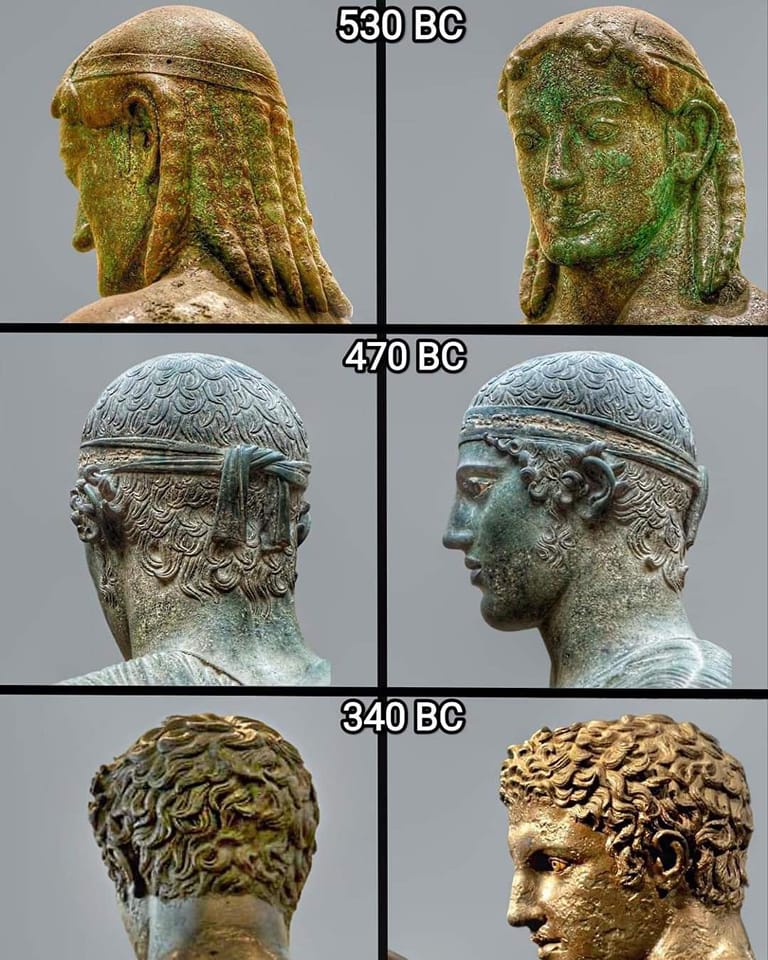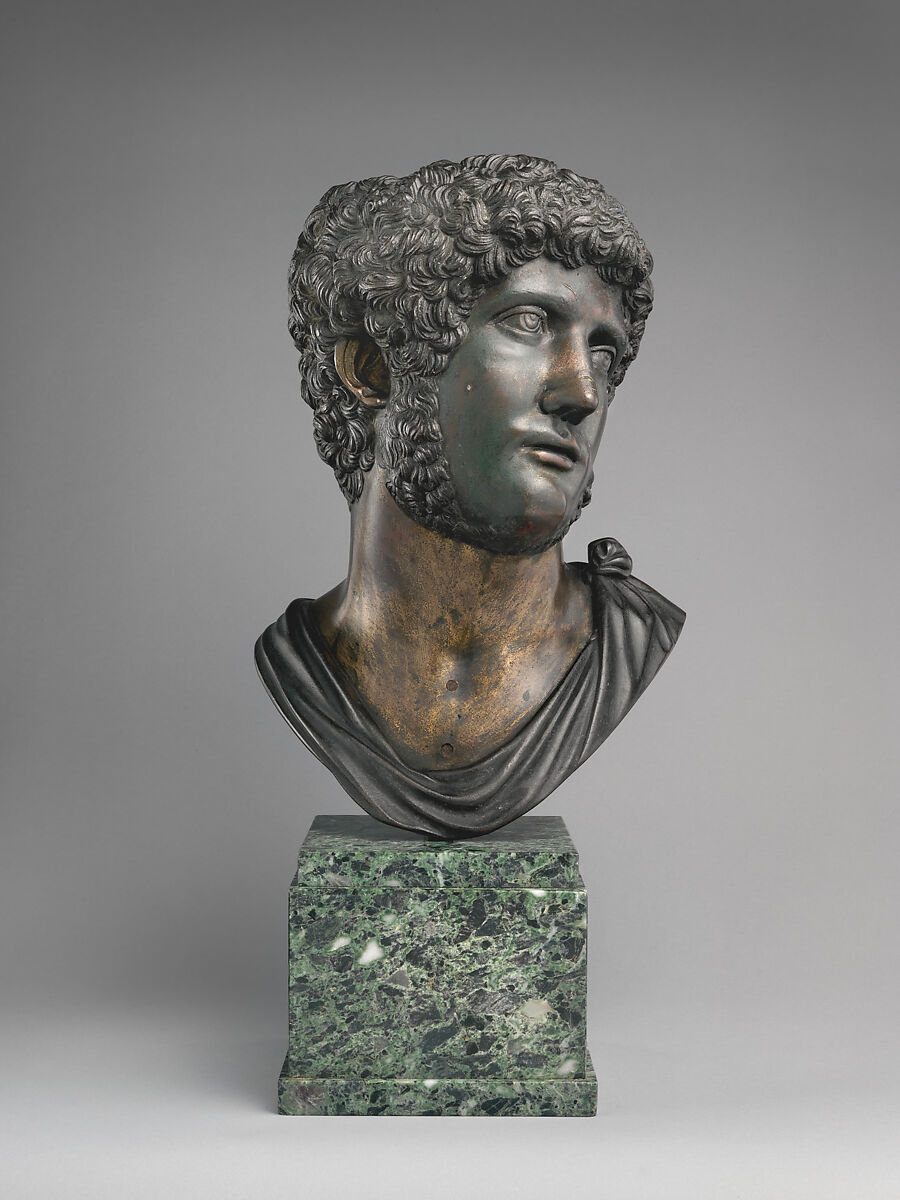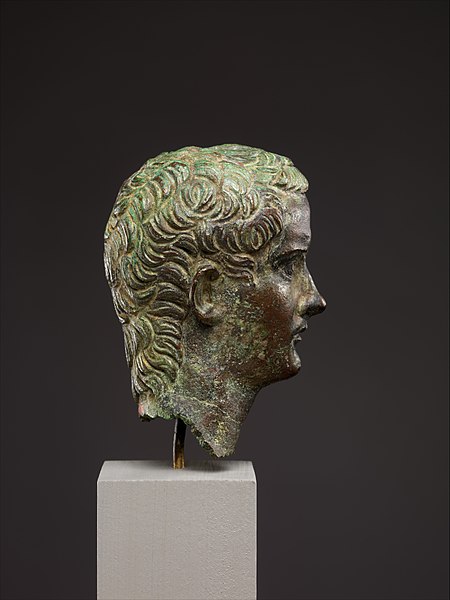Evolution of the Ancient Greek bronze statues: Archaic, Classic and Hellenistic period.
The Evolution of Ancient Greek Bronze Statues: Archaic, Classic, and Hellenistic Periods
Ancient Greek bronze statues are renowned for their exceptional craftsmanship, aesthetic beauty, and profound cultural significance. These statues evolved over time, reflecting the changing artistic styles and ideologies of different periods in Greek history. Three notable periods that witnessed significant developments in the art of bronze sculpture are the Archaic, Classic, and Hellenistic periods.
The Archaic period, from the 8th century to the early 5th century BCE, marked the emergence of Greek sculpture. During this era, bronze statues primarily depicted deities, warriors, and athletes. These sculptures adhered to a rigid and stylized form, known as the “kouros” (male) and “kore” (female) statues. The kouros statues showcased a rigid, frontal posture, with arms locked at the sides and a stiff smile, representing the idealized male figure. On the other hand, the kore statues exhibited a more relaxed and naturalistic posture, reflecting the idealized female form. These statues stood as votive offerings in sanctuaries and served as symbols of devotion and tribute to the gods.
The Classic period, spanning from the mid-5th century to the 4th century BCE, witnessed a revolution in Greek sculpture. Artists began to focus on creating more realistic and dynamic representations of human anatomy and emotions. One of the most iconic sculptures of this period is the “Spear Bearer” or “Doryphoros” by Polykleitos, which exemplified the idealized male form in a balanced and harmonious composition. The statues of this period displayed a greater sense of naturalism, with subtle contrapposto poses, realistic facial expressions, and intricate details in drapery and musculature. Notable examples include the “Discus Thrower” by Myron and the “Aphrodite of Knidos” by Praxiteles.
The Hellenistic period, spanning from the late 4th century to the 1st century BCE, witnessed a further departure from the idealized forms of the previous periods. Sculptors began to explore new themes and emotions, incorporating dramatic narratives and portraying a wider range of human experiences. This period saw an increased emphasis on expressing individuality and capturing the complexity of human emotions. Notable examples of Hellenistic bronze sculptures include the “Laocoön and His Sons,” a masterful depiction of agony and suffering, and the “Winged Victory of Samothrace,” a breathtaking representation of movement and dynamism.
Throughout these periods, advancements in bronze casting techniques and the availability of resources allowed artists to create larger and more intricate sculptures. The lost-wax casting method, a technique of creating hollow bronze sculptures, became widely employed, enabling sculptors to achieve greater precision and detail in their works.
The evolution of ancient Greek bronze statues reflects the progression of Greek society and artistic sensibilities over time. From the rigid and stylized forms of the Archaic period to the naturalistic and emotionally charged sculptures of the Classic and Hellenistic periods, these artworks continue to captivate audiences with their timeless beauty and profound storytelling.
In conclusion, the art of ancient Greek bronze statues underwent significant transformations during the Archaic, Classic, and Hellenistic periods. These sculptures not only served as representations of deities and idealized human forms but also reflected the cultural, social, and artistic values of their respective eras. The legacy of these masterpieces continues to inspire and awe audiences today, preserving the rich artistic heritage of ancient Greece.
Hits: 0




